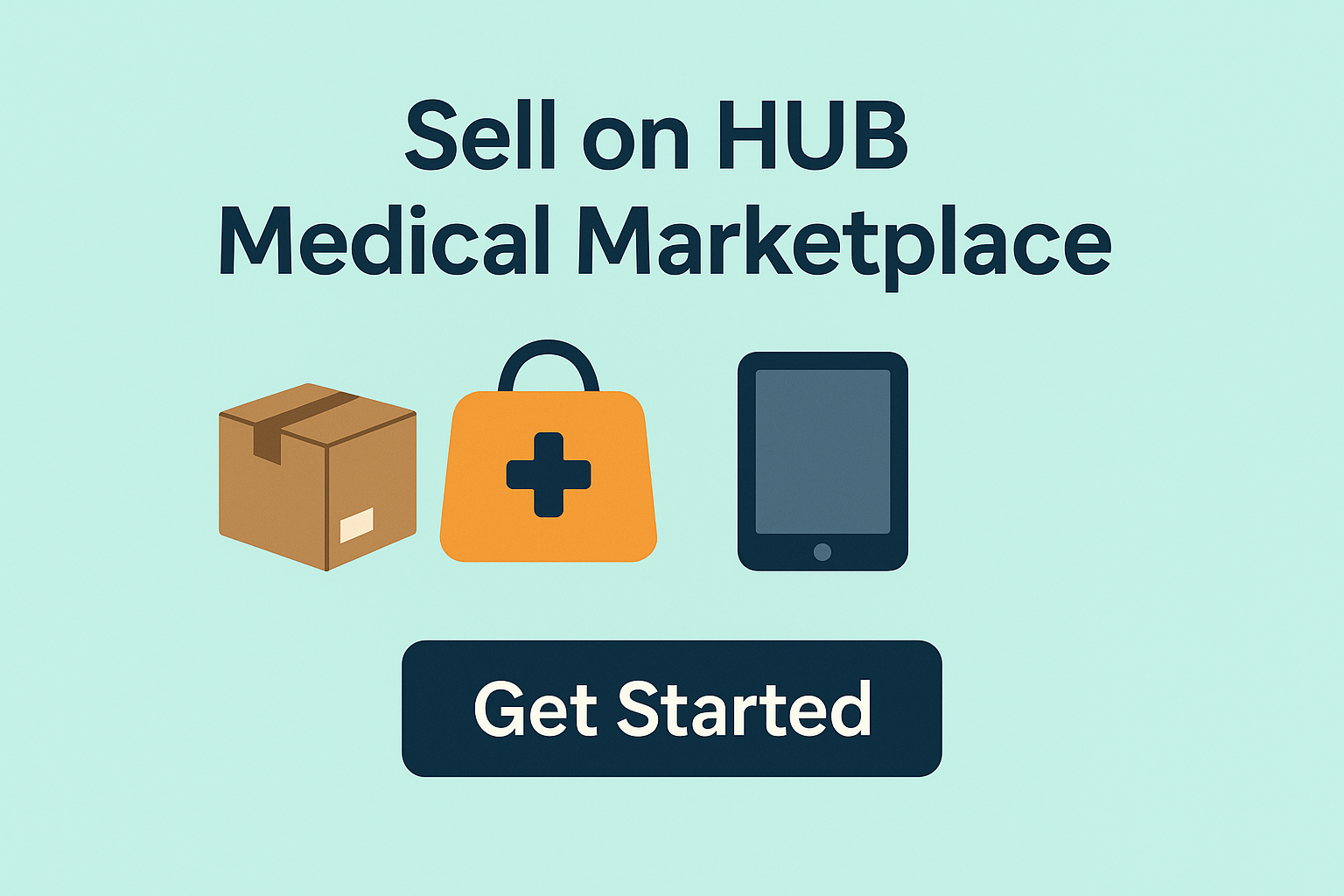Healthcare facilities, including hospitals, surgery centers, and clinics, often face a common challenge: what to do with medical equipment that’s no longer in use. Whether it’s due to upgrades, changes in clinical pathways, or facility closures, idle medical assets can quickly pile up — taking up space and tying up capital.
Selling used medical equipment isn’t just a way to recoup costs. It’s also a step toward sustainability, efficiency, and smart asset management. In this guide, we’ll walk you through how to sell your used medical devices effectively, legally, and profitably.
What Counts as “Used Medical Equipment”?
Used medical equipment includes any previously owned or operated device intended for medical use. Common examples include:
Surgical tables and lights
Imaging devices (X-ray, ultrasound, MRI)
Anesthesia machines
Patient monitors
Exam chairs and stretchers
Autoclaves and sterilizers
Infusion pumps
Lab and diagnostic equipment
Even items like medical carts, OR lights, and handheld diagnostic tools can hold resale value if maintained properly.
Why Healthcare Facilities Sell Used Medical Equipment
Here are the most common reasons healthcare organizations choose to sell:
1. Upgrading to New Technology
Advancements in medical imaging, analytics, and electronic health record (EHR) integration often prompt facilities to replace older devices with more efficient models.
2. Facility Closure or Consolidation
When a facility downsizes or merges with another, excess inventory—including expensive equipment—needs to be liquidated.
3. Overstock or Misordered Items
Sometimes new items are never even used due to changes in supply chain strategies or care coordination pathways.
4. Freeing Up Space and Budget
Unused equipment takes up valuable floor space and ties up resources that could be used for more essential patient care operations.
Steps to Selling Used Medical Equipment Successfully
Selling medical equipment isn’t as simple as listing it online. You need to consider regulatory compliance, data security, condition documentation, and market demand. Follow these best practices to ensure a smooth transaction:
Step 1: Evaluate the Condition and Value
Start by assessing the equipment’s condition:
Is it functional or in need of repair?
Are there maintenance records?
Is it compliant with current healthcare standards?
Then, determine its market value by comparing it with similar listings on platforms like DOTmed, MedGet, or eBay. You can also consult with equipment brokers or appraisers.
Step 2: Sanitize and Clear Data
Before reselling, ensure all patient data and user information is securely removed, especially from:
Imaging equipment
Monitors
Any device with storage or connectivity
This step is crucial for compliance with HIPAA and other healthcare data protection laws.
Step 3: Gather Documentation
Buyers will want to know the history and specs of the equipment. Gather the following:
User manuals
Maintenance records
Service logs
Original purchase invoice (if available)
Warranty or service contract info
Documentation builds trust and may increase the sale price.
Step 4: Choose a Selling Method
There are multiple ways to sell used medical equipment, each with pros and cons:
Option A: Online Marketplaces
Platforms like Med-Get, DOTmed, or LabX allow direct listings with a wide buyer base.
✅ Pros: Wide reach, control over pricing
❌ Cons: Requires time to manage listings and inquiries
Option B: Medical Equipment Brokers
Brokers act as intermediaries and can connect you with vetted buyers.
✅ Pros: Less hassle, quick turnaround
❌ Cons: Lower profit margin due to broker fees
Option C: Auction Sites
Useful for bulk sales or hard-to-price items.
✅ Pros: Fast selling process
❌ Cons: No guarantee of minimum sale price
Option D: Direct Facility-to-Facility Sales
Reach out to local or regional facilities that may need the equipment.
✅ Pros: Builds partnerships, reduced shipping logistics
❌ Cons: Limited reach
Step 5: Handle Shipping and Logistics
Decide who will manage pickup or delivery:
Include dimensions and weight in your listing
Be clear on who pays for shipping
Use reliable logistics partners with experience in medical device transport
Bonus tip: Use original packaging if available for better protection and credibility.
Step 6: Ensure Compliance and Liability Protection
Selling used medical equipment must align with FDA regulations and local healthcare laws. Key considerations:
Devices must not be on FDA recall lists
Some items may require re-certification
Be cautious with high-risk Class II or III devices
Consult legal counsel or your compliance officer if unsure. Liability disclaimers should be included in the sales agreement.
Common Mistakes to Avoid
Selling without data wiping – risk of HIPAA violations
Failing to disclose defects – leads to disputes or refunds
Overpricing – results in delayed sales or zero traction
Neglecting documentation – reduces buyer trust and perceived value
Sustainability and Responsible Disposal
If your equipment can’t be sold due to age, wear, or compliance issues, consider:
Donating to non-profits or medical missions
Recycling through certified e-waste or medical salvage companies
Trade-in programs with equipment manufacturers
Disposal should always follow local regulations and environmental guidelines to avoid fines or legal issues.
Final Thoughts: Turn Idle Assets Into Value
Selling used medical equipment is a smart way to recover costs, reduce waste, and free up valuable space. With proper evaluation, documentation, and compliance, your healthcare facility can turn idle assets into opportunities — all while contributing to a more sustainable healthcare ecosystem.
How HUB Healthcare Can Help
HUB Healthcare offers a comprehensive solution designed to enhance communication in healthcare, streamline care coordination, and improve overall workflow efficiency. Our platform includes features such as medical case management software, healthcare document management, and healthcare analytics to ensure that all aspects of patient care are optimized. By leveraging HUB Healthcare’s robust tools, organizations can reduce workflow bottlenecks, automate repetitive tasks, and facilitate better collaboration among healthcare providers. This not only improves work quality but also enhances patient outcomes, making HUB Healthcare an essential partner in achieving healthcare excellence.
Ready to Improve Operational Efficiency?
Let HUB Healthcare help you manage your medical inventory smarter — including tracking idle assets ready for resale or redistribution. Contact us today or explore our platform features here.






